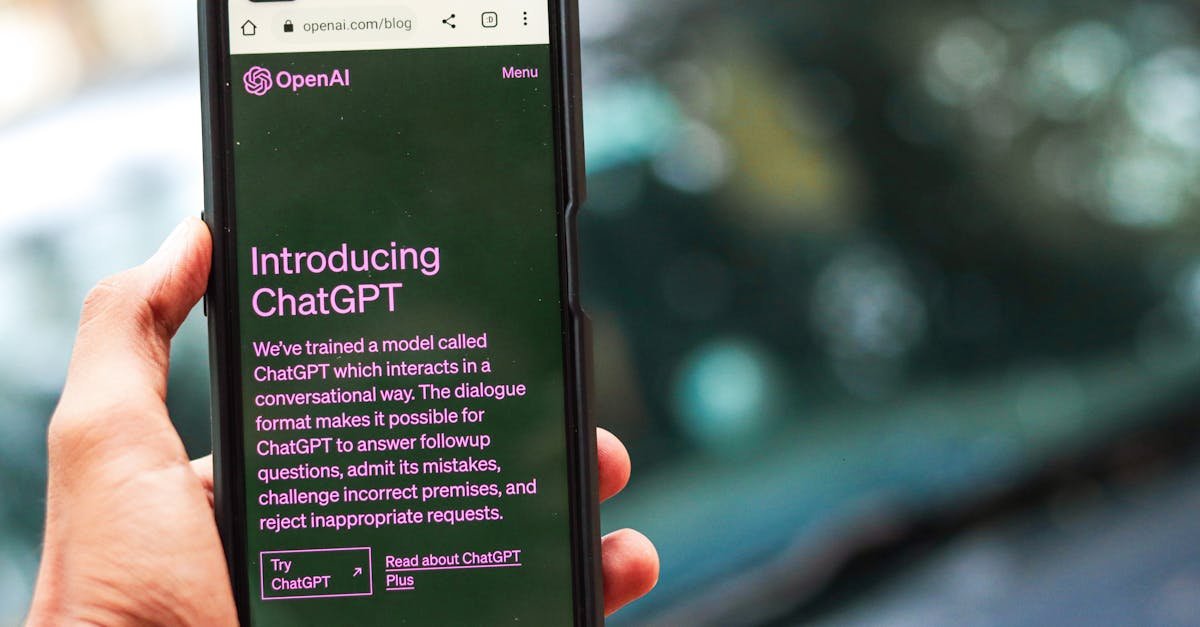
In recent years, personal assistants powered by artificial intelligence (AI) have rapidly evolved from simple command-based bots to sophisticated virtual entities capable of maintaining contextual conversations, predicting user needs, and even demonstrating emotional intelligence. The transition has sparked discussions on how much more humanlike these systems can get and what implications follow.
Humanlike AI Assistants: A Shift in Interaction Paradigms
Understanding the Evolution of AI Assistants
Voice assistants like Amazon Alexa, Google Assistant, and Apple’s Siri initially operated with limited functionalities based on scripted responses. Today, thanks to advancements in large language models (LLMs), neural networks, and multimodal learning, these assistants can process a broader variety of inputs—text, voice, image—and handle unscripted natural language queries with unprecedented accuracy.
Three Core Drivers Behind Humanlike AI Assistants
- Natural Language Understanding (NLU): LLMs like GPT-4 and Claude 2 enable assistants to understand syntax, semantics, and pragmatics of human language. This enhances relevance and coherence in responses.
- Contextual Awareness: Through memory-based and transformer architectures, AI now remembers past interactions and can tailor contextual continuations, making conversations more seamless and multidimensional.
- Emotional Intelligence Frameworks: Companies are integrating sentiment analysis and affective computing to detect emotional cues from tone, phrases, or typing patterns, fostering empathetic digital communication.
Why Is the Market Racing Toward ‘Humanlike’ Capabilities?
According to a McKinsey report (2023), consumer satisfaction increased by 31% in AI assistants that implemented contextual memory and emotional processing. As businesses look to AI for customer support and personal productivity, ‘humanlike’ quality is no longer optional—it’s expected.
Anthropic’s Claude and OpenAI’s ChatGPT with memory updates are examples of this race. These assistants don’t just answer queries; they anticipate intent and simulate collaborative behavior—as if the user were speaking with a cognitive partner rather than a tool.
Challenges and Ethical Considerations
Despite the impressive technological progress, several challenges remain:
- Privacy Concerns: Keeping memory persistent in AI creates storage liabilities. What should AI remember, and for how long?
- Anthropomorphism Dilemma: Users forming attachments to AI may lead to unrealistic social expectations or even dependency.
- Bias and Misrepresentation: Training datasets with biases risk misleading or manipulating users if not adequately mitigated via transparency and regulation.
Looking Ahead: Augmentation vs. Replacement
Rather than replacing human interactions, humanlike AI is shifting toward augmentation—enhancing how humans interact with machines and each other. Adoption in healthcare, education, and knowledge work shows promise for productivity, especially when paired with user agency and ethical design considerations.
Key Takeaway
Humanlike AI will not merely be a voice at your command but a cognitive co-pilot understanding mood, task flow, and context. Future iterations may bridge into holographic interfaces and AR embodiments, making AI seem – and feel – real. In developing these systems, aligning capabilities with transparent ethics, bounded memory, and UI signaling will be critical for sustainable human-AI coevolution.
👁 24 views

Leave a Reply